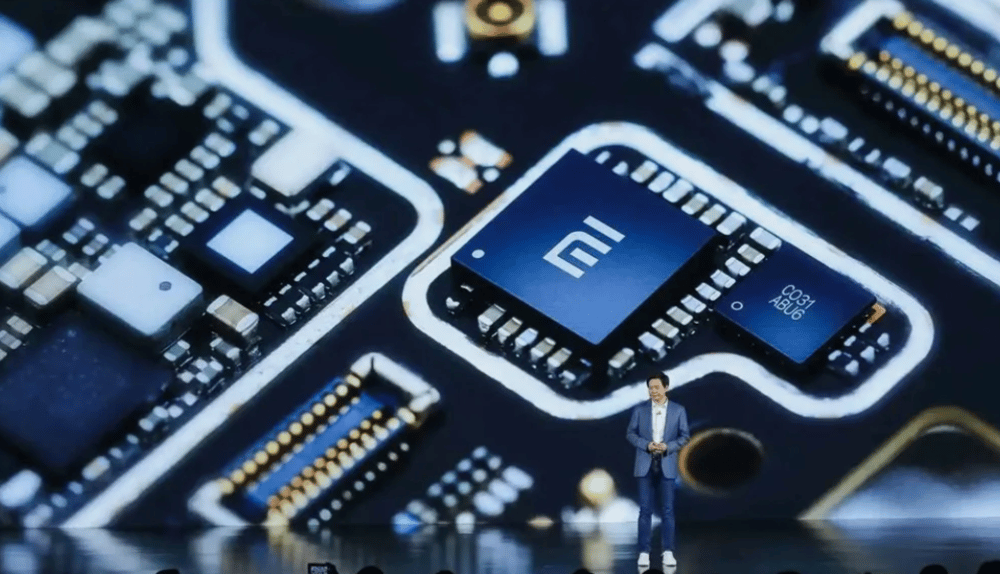Xiaomi Commences Mass Production of Advanced Mobile Chip Xring O1
Xiaomi Corporation $1810.HK, the Chinese multinational electronics and technology company, announced on Tuesday the start of mass production for its self-developed advanced mobile chip, the Xring O1. This marks a significant milestone in Xiaomi’s strategic move towards in-house chip manufacturing, aiming to reduce reliance on external suppliers and strengthen its position in the global semiconductor landscape.
Xiaomi’s Chip Development and Product Integration
Founder Lei Jun revealed that the initial products incorporating the Xring O1 chip will be the upcoming Xiaomi 15S Pro smartphone and the Xiaomi Pad 7 Ultra tablet. Both devices are scheduled for launch at an official Xiaomi event this Thursday, promising enhanced performance and efficiency driven by the new chipset.
The Xring O1 chip represents a key innovation in Xiaomi’s technology portfolio, emphasizing high processing power and optimized energy consumption tailored for AI applications and multimedia functionalities. The move to mass production follows Xiaomi’s substantial investment of 13.5 billion yuan (approximately $1.87 billion USD) into the chip’s development.
Lei Jun further stated that Xiaomi plans to invest an additional minimum of 50 billion yuan (around $7 billion USD) over the next decade in chip research and development. This long-term commitment signals Xiaomi’s ambition to compete more aggressively in semiconductor design and fabrication, an area dominated by industry leaders like Qualcomm $QCOM, MediaTek $2454.TW, and Samsung $018260.KS.

Key Facts:
Xiaomi starts mass production of the Xring O1 advanced mobile chip
First devices with Xring O1: Xiaomi 15S Pro smartphone and Xiaomi Pad 7 Ultra tablet
Launch event scheduled for Thursday
Initial investment in Xring O1 development: 13.5 billion yuan (~$1.87 billion USD)
Planned long-term chip R&D investment: at least 50 billion yuan (~$7 billion USD) over 10+ years
Market Implications and Industry Perspectives
The announcement strengthens Xiaomi’s vertical integration strategy amid growing global supply chain uncertainties in the semiconductor sector. By developing proprietary chipsets, Xiaomi aims to enhance product differentiation and maintain control over critical hardware components, improving cost structures and innovation cycles.
Market analysts view Xiaomi’s aggressive investment as a direct response to the competitive pressures in smartphone chip markets, dominated by giants such as Qualcomm and Taiwan-based MediaTek. The Xring O1 could potentially reduce Xiaomi’s dependency on these suppliers, while enabling tailored optimizations specific to Xiaomi’s ecosystem.
Furthermore, Xiaomi’s expansion into chip manufacturing reflects broader trends in China’s technology policy emphasizing domestic semiconductor self-sufficiency, supported by substantial government incentives and industry reforms.

Key Points:
Xiaomi’s Xring O1 chip enhances performance and energy efficiency for upcoming devices.
Mass production signals readiness to scale and compete in chip manufacturing.
The $1.87 billion initial investment is part of a larger $7 billion+ R&D commitment over 10 years.
Vertical integration reduces reliance on third-party chipmakers and strengthens supply chain resilience.
Xiaomi’s strategy aligns with China’s national push for semiconductor independence.
Significance of Xiaomi’s Xring O1 Production Launch
The launch of the Xring O1 chip production marks a pivotal development for Xiaomi and the broader Chinese semiconductor industry. With robust investment and strategic integration into flagship devices, Xiaomi is positioning itself as a formidable competitor in mobile chipset design.
This initiative not only signals a technological upgrade for Xiaomi’s product line but also reflects the evolving dynamics of the global semiconductor market, where device manufacturers are increasingly investing in proprietary chip technologies to secure innovation and supply chain stability.
The coming years will reveal how Xiaomi’s chip strategy impacts its market share and technology leadership, potentially reshaping competitive landscapes in smartphones and tablets worldwide.















Comments